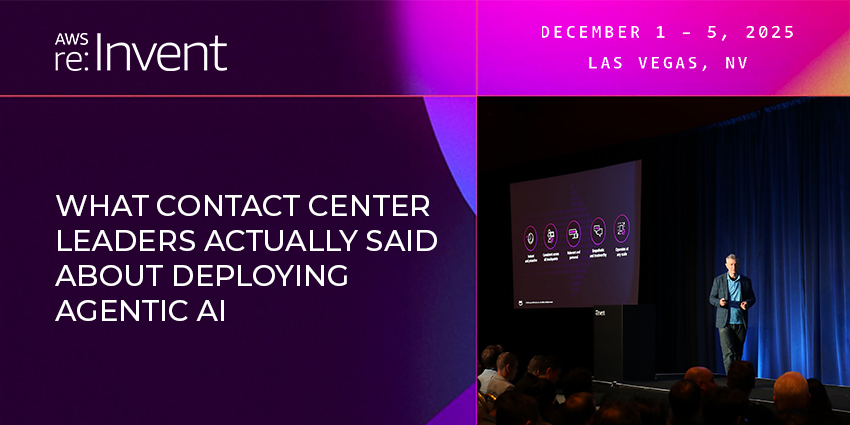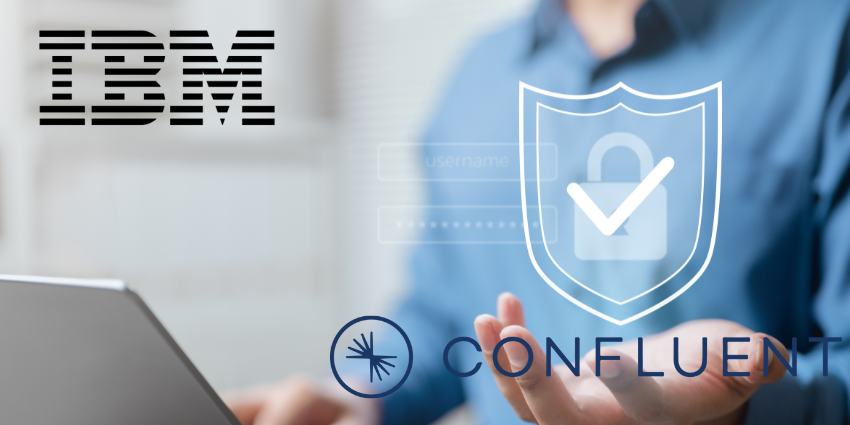Microsoft has introduced guidance to help companies ready themselves for the launch of Copilot.
The new guidance information provides insights into technical requirements, managing licenses, permissions and content, security and privacy, adoption strategies, and more.
Microsoft 365 Copilot combines large language models (LLMs) with an organization’s data to provide a range of productivity tools. These span the enterprise, touching the contact center too.
Indeed, Copilot gained new capabilities recently, with the addition of AI conversation and chat summary features designed to reduce agent workloads.
This is on top of its AI-powered assistance to answer customer questions in Dynamics 365 Customer Service, which was later demoed to showcase the solution’s features.
Technical Requirements
To get started, Copilot users must have either a Microsoft 365 E3 or E5 license, as well as an Azure Active Directory account.
An Azure account provides access to Microsoft 365’s range of apps and services that are compatible with Copilot, including Word, Excel, PowerPoint, OneDrive, Outlook, and Loop.
When Copilot becomes available within a business, users will need to either be on the Current Channel or the Monthly Enterprise Channel for Microsoft 365 apps.
For reduced latency and improved network quality of service (QoS), Microsoft recommends that customers align their network with the Microsoft 365 network connectivity principles.
WebSockets should also be unblocked from user endpoints as some Copilot experiences require a WebSocket connection between the device using the Microsoft 365 app and Microsoft’s service.
To make the most of the cross-app intelligence experience in Teams, you will need to enable plugins from the Teams admin center.
Managing Licenses, Permissions, and Content
Licenses can be assigned to individual users or multiple users via the Microsoft 365 admin panel.
Group memberships can be assigned in Azure Active Directory, and 365 licenses can be designated to user accounts with PowerShell.
Permissions and policies for Copilot will be the same as your existing permissions and policies in order to provide the most relevant information.
It is, therefore, important to maintain good content management practices at the outset.
Security and Privacy
The author of Microsoft’s blog post announcing its guidance recommendations, Yana Terukhova, a Microsoft Tech Community Employee, wrote:
Microsoft 365 Copilot follows these foundational principles: built on Microsoft’s comprehensive approach to security, compliance, and privacy; architected to protect tenant, group, and individual data; and committed to responsible AI.
Copilot uses user-related content from the Microsoft 365 tenant, such as emails, chats, documents, calendars, meetings, contacts, and more.
It does not, however, assimilate customer data or user prompts to train the foundation.
Microsoft reassures customers that Copilot does not use OpenAI’s services.
Instead, its calls are routed to the nearest data centers in the region they are being used in, and no customer data is written beyond the user’s home region.
Copilot will need to use data indexed by Microsoft 365, such as Exchange OneDrive, SharePoint, and Teams, to make better and more personalized suggestions.
Microsoft has said it relinquishes any ownership claims of content created via Copilot.
Adoption Strategies
To drive adoption, Microsoft recommends following your company’s best practices in promoting service usage and adoption.
It has promised to provide further tools in the Microsoft 365 admin center, including an onboarding guide, getting started help, and adoption information, when it is available for your organization.
The Microsoft AI help and learning site also provides support for users to start learning about Copilot and the fundamentals of AI.
Microsoft advises users to enable in-product prompts to send in-app highlights to inform users of Copilot’s features.
Keeping Up-to-Date
With more learning and updates on their way, Microsoft says you can keep up-to-date with all the Copilot news and announcements through the Message Centre in the Microsoft 365 admin center.
You can also find out about what is on its way through the Microsoft 365 roadmap, the Microsoft 365 Copilot blog, and its new Microsoft 365 Copilot community.







